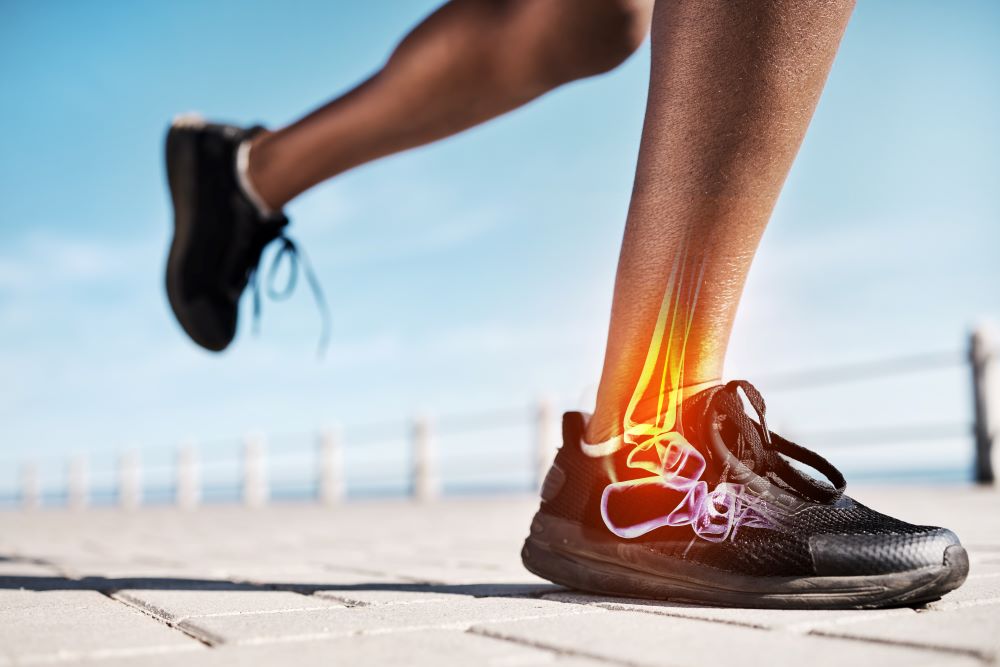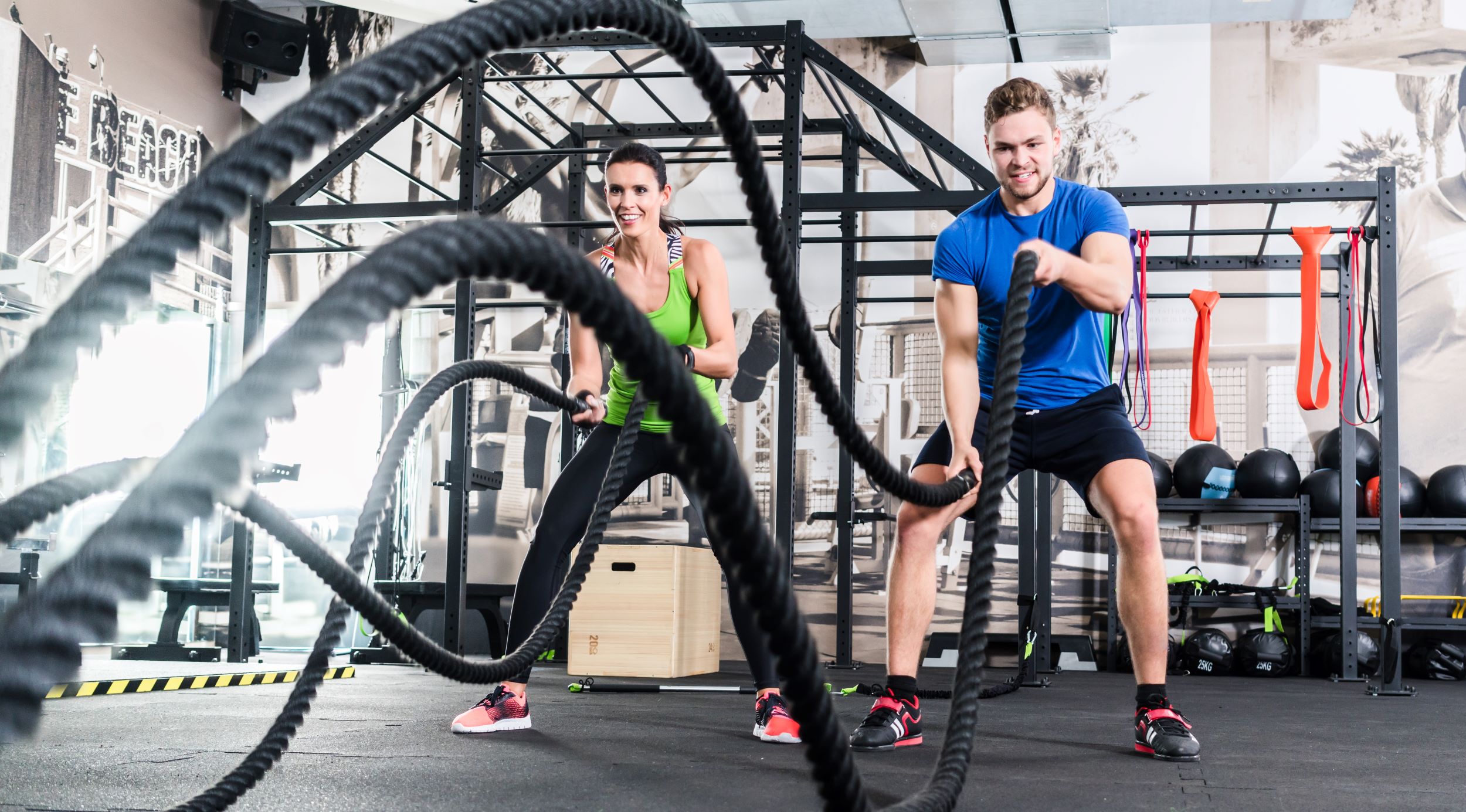Knee pain is a common issue that affects runners of all levels, from beginners to seasoned athletes. Understanding the causes of knee pain is crucial for developing an effective plan to manage and alleviate discomfort. Various factors contribute to knee pain, including:
- Overuse: Repeated stress on the knee joint from running long distances or increasing mileage too quickly can lead to inflammation and pain.
- Biomechanical Issues: Misalignment of the legs, flat feet, or improper running form can place undue stress on the knees, resulting in pain.
- Weak Muscles: Insufficient strength in the muscles surrounding the knee, particularly the quadriceps and hamstrings, can lead to instability and discomfort during running.
- Injuries: Acute injuries, such as ligament tears or meniscus injuries, can cause sudden and severe knee pain.
- Arthritis: Degenerative conditions like osteoarthritis can also lead to chronic knee pain, especially in older runners.
Identifying the specific cause of your knee pain is essential for selecting appropriate running exercises for knee pain relief. By addressing these underlying issues, you can enhance your running experience and minimize the risk of injury.
Visit our website to learn more and get started today! Click here.
Importance of Strengthening Knee Muscles

Strengthening the muscles around the knee is vital for maintaining joint stability and preventing injuries. The knee joint relies heavily on the surrounding muscles, including the quadriceps, hamstrings, and calves, to function effectively during activities like running. Here are some key reasons why strengthening these muscles is important:
- Improved Stability: Stronger muscles provide better support to the knee joint, reducing the risk of strain and injuries during physical activity.
- Enhanced Performance: A well-conditioned knee can improve your overall running performance by allowing you to maintain proper form and efficiency.
- Injury Prevention: Strengthening the knee muscles helps to absorb impact and reduces the likelihood of developing overuse injuries, such as runner’s knee or patellar tendinitis.
- Better Recovery: Strengthening exercises can aid in recovery from previous injuries, as rebuilding muscle can help in regaining strength and functionality.
- Increased Range of Motion: Stronger muscles contribute to better flexibility and control around the knee, allowing for a more natural range of motion when running.
Incorporating specific strength training exercises targeting these muscle groups can lead to long-term benefits for runners. By focusing on muscle strength, you can enhance your running experience and enjoy a more fulfilling journey towards fitness freedom.
Best Warm-Up Exercises for Knee Pain Relief

Warming up before a run is essential, especially for those experiencing knee pain. Proper warm-up exercises help increase blood flow to the muscles, improve flexibility, and prepare the joints for the physical demands of running. Here are some of the best warm-up exercises specifically designed for knee pain relief:
- Leg Swings: Stand next to a wall or sturdy surface for balance. Swing one leg forward and backward in a controlled manner for 10-15 repetitions. Switch legs. This exercise helps loosen the hip flexors and hamstrings, indirectly relieving pressure on the knee.
- Quad Stretch: Stand on one leg, grabbing the opposite ankle to pull your heel towards your glutes. Hold for 15-30 seconds, feeling the stretch in your quadriceps. Repeat on the other side. This stretch helps to warm up the quadriceps, which support the knee joint.
- Hamstring Stretch: Sit on the ground with one leg extended and the other bent. Reach towards the toes of the extended leg, holding for 15-30 seconds. This exercise targets the hamstrings, promoting flexibility and reducing tension around the knee.
- Calf Raises: Stand with your feet shoulder-width apart and slowly lift your heels off the ground, balancing on your toes. Hold for a moment before lowering back down. Repeat 10-15 times. This exercise strengthens the calf muscles, which play a crucial role in knee stability.
- Hip Circles: Stand on one leg and lift the other knee to hip height. Make circular motions with the lifted knee for 10-15 repetitions, then switch legs. This dynamic stretch improves hip mobility, which can positively affect knee alignment.
By incorporating these warm-up exercises into your routine, you can alleviate knee pain and prepare your body for a successful run. These movements help ensure that your muscles are ready to support your knees, allowing you to enjoy your running journey with less discomfort.
Top Strengthening Exercises for Knee Stability
Building strength around the knee joint is crucial for enhancing stability and preventing further injury. Strengthening exercises focus on the muscles that support the knee, such as the quadriceps, hamstrings, calves, and hip muscles. Here are some top exercises that effectively target these areas:
- Squats: Stand with your feet shoulder-width apart. Lower your body as if sitting back into a chair, keeping your knees behind your toes. Aim for 10-15 repetitions. Squats build strength in the quadriceps, hamstrings, and glutes, all essential for knee stability.
- Lunges: Step forward with one leg, lowering your hips until both knees are bent at about a 90-degree angle. Push back to the starting position and switch legs. Perform 10-12 lunges on each side. This exercise not only strengthens the legs but also improves balance and coordination.
- Step-Ups: Using a sturdy platform or step, step up with one foot, bringing the other foot up to meet it before stepping back down. Alternate legs and aim for 10-15 repetitions per side. Step-ups engage the quadriceps and glutes, fostering knee support.
- Bridges: Lie on your back with your knees bent and feet flat on the floor. Lift your hips toward the ceiling while squeezing your glutes and holding for a few seconds before lowering. Repeat for 10-15 repetitions. Bridges strengthen the glutes and hamstrings, which play a vital role in knee stability.
- Clamshells: Lie on your side with your knees bent at a 90-degree angle. Keeping your feet together, lift the top knee while keeping the bottom knee on the ground. Perform 10-15 repetitions on each side. This exercise targets the hip abductors, which help stabilize the knee during movement.
Incorporating these strengthening exercises into your routine will help create a robust support system for your knees. By focusing on the muscles surrounding the knee, you can enhance its stability, reduce the risk of injury, and continue enjoying your running adventures.
Effective Stretching Techniques for Knee Pain

Incorporating effective stretching techniques into your routine is essential for maintaining flexibility and preventing knee pain. Stretching not only helps to alleviate tension in the muscles around the knee but also improves your overall range of motion. Here are some effective stretching techniques specifically designed to target the areas around the knee:
- Quadriceps Stretch: Stand on one leg and pull your other foot towards your glutes, holding it with your hand. Keep your knees close together and push your hips forward slightly for a deeper stretch. Hold for 15-30 seconds on each leg. This stretch targets the quadriceps, alleviating tightness that can lead to knee discomfort.
- Hamstring Stretch: Sit on the ground with one leg extended and the other leg bent. Reach towards your toes of the extended leg while keeping your back straight. Hold for 15-30 seconds and switch sides. Stretching the hamstrings can help relieve tension and pressure on the knee joint.
- Calf Stretch: Stand facing a wall with one foot behind the other. Keeping your back leg straight and heel on the ground, lean forward into the wall. Hold for 15-30 seconds on each leg. Tight calves can contribute to knee pain, so this stretch is crucial for overall flexibility.
- IT Band Stretch: Stand with your feet together and cross one leg behind the other. Lean to the side of the crossed leg, feeling a stretch along the outer thigh and hip. Hold for 15-30 seconds on each side. The iliotibial (IT) band is often a culprit in knee pain, and stretching it can provide significant relief.
- Hip Flexor Stretch: Kneel on one knee with the other foot in front, creating a 90-degree angle. Push your hips forward gently while keeping your back straight. Hold for 15-30 seconds on each side. By stretching the hip flexors, you can reduce tension in the knees and improve mobility.
Regularly practicing these stretching techniques can help maintain flexibility and reduce the risk of developing knee pain. By keeping the muscles around your knees limber, you’re paving the way for a more enjoyable and pain-free running experience.
Integrating Running Exercises into Your Routine

Integrating running exercises into your routine is essential for building strength and resilience, especially if you’re dealing with knee pain. A well-rounded approach ensures that you not only focus on running but also on strengthening the supporting muscle groups and enhancing flexibility. Here’s how you can effectively incorporate these exercises:
- Start Gradually: If you’re new to running or returning after an injury, begin with low-impact exercises such as brisk walking or cycling. Gradually introduce running intervals into your sessions to allow your body to adjust.
- Set Clear Goals: Establish specific, achievable goals related to your running exercises. Whether it’s increasing your distance, improving your speed, or simply enhancing your knee strength, having clear objectives will keep you motivated.
- Combine Strength and Flexibility Work: Dedicate certain days of the week to strength training and flexibility exercises. You can incorporate the stretching techniques mentioned earlier alongside strength-building exercises like squats and lunges to support your running routine.
- Listen to Your Body: Pay attention to how your body responds to each workout. If you experience discomfort or pain, adjust your routine accordingly. It’s essential to find a balance between challenge and comfort.
- Schedule Recovery Days: Just as important as your active days, recovery is crucial for muscle repair and growth. Incorporate rest days or active recovery sessions, such as yoga or swimming, to allow your body time to heal.
By thoughtfully integrating running exercises into your routine, you can enhance your performance while protecting your knees. Remember, consistency is key! Visit our website to learn more and get started today! Click here.


